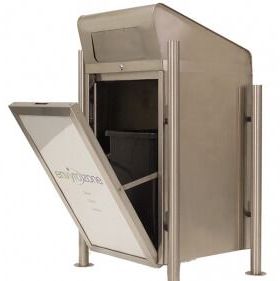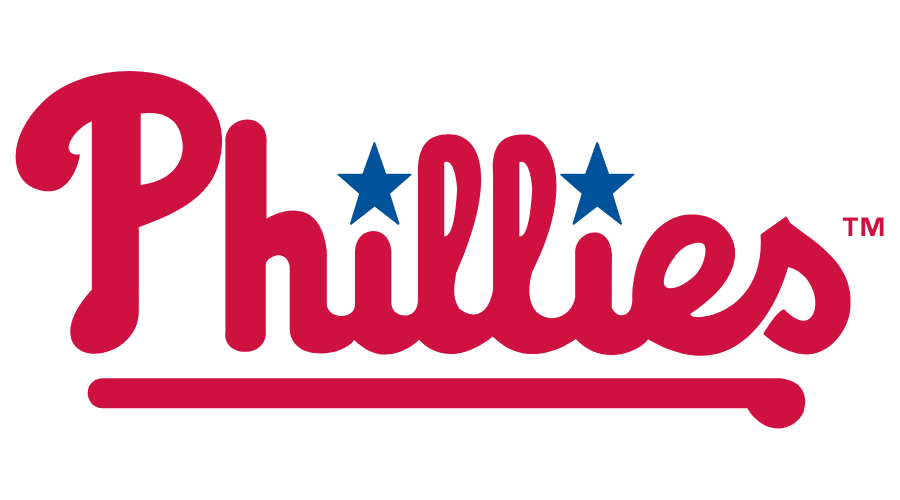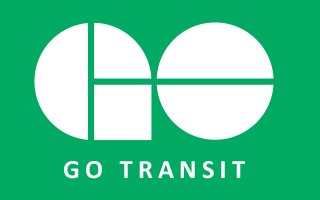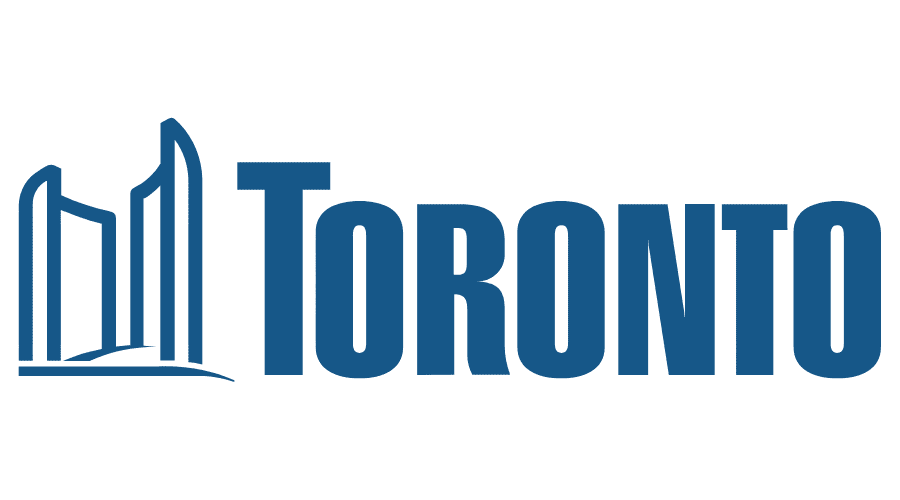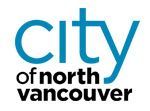How Do Benches and Bins Enhance Public Space Design?
Imagine a crisp morning stroll through your favourite urban park. Birds are chirping, leaves crunch beneath your feet-and not a single piece of litter is in sight. You find a comfortable bench with a perfect view, and beside it, a stylish commercial trash can and a clearly marked recycle bin. That's not just a well-maintained park. That's a public space crafted with intention.
Designing public spaces with comfort and cleanliness at the forefront is no longer a luxury-it's a necessity. With growing concerns around environmental impact, sustainability, and public wellness, cities and organizations are rethinking how they equip parks, campuses, and communal zones. The secret? A strategic blend of commercial park benches, commercial trash cans, and recycle bins-built not just for functionality, but for harmony and human connection.
Why Comfort Matters in Public Parks
Comfort invites linger time. When public seating is thoughtfully designed and ergonomically built, people stay longer, interact more, and return often. This leads to higher engagement in the community and fosters a sense of shared space ownership.
Commercial park benches are no longer simply wooden planks or cold metal structures-they are sculpted experiences. With options that cater to various climates, accessibility needs, and aesthetic preferences, the modern bench becomes both a visual anchor and a social tool.
Whether it's an elderly couple enjoying a sunset, a student reading under a tree, or a family taking a break during a walk-seating must offer both physical comfort and visual consistency with its surroundings. A well-placed, well-designed bench says, "You belong here."
The Power of Placement: Where You Put It Matters
Strategic placement of benches and receptacles is as important as their design. Ever walked a mile looking for a seat or a bin, only to give up and leave? Poor placement can frustrate users and encourage littering.
Here's what smart design demands:
- Benches near playgrounds, jogging tracks, water fountains, and scenic points
- Trash cans at entry/exit points, picnic areas, and high-traffic zones
- Recycle bins near food trucks, kiosks, and community event stages
This intentional distribution ensures convenience meets behaviour-making it easy for people to sit, dispose, and recycle without going out of their way.
Cleanliness Is Not Optional: It's a Statement
In a world hyper-aware of hygiene and environmental impact, clean public spaces reflect clean values. Overflowing bins and neglected litter send a poor message-not just about the park, but about the city itself.
Installing modern, high-capacity commercial trash cans and clearly labelled litter and recycle bins improves sanitation and public health. But it's more than just having bins. It's about:
- Visibility: Can people find them easily?
- Segregation: Is it obvious what goes where?
- Maintenance: Are bins built for easy clean-out and durability?
Upgrading from dated or inconsistent receptacles to uniform, tamper-proof, and weather-resistant units encourages better waste behaviour and boosts civic pride.
The Environmental Impact: Recycling Starts with the Right Bin
People want to recycle-they just need help doing it right. With the right recycle bins that use intuitive design (think colours, labels, and icons), it becomes second nature.
More than a trend, this is a cornerstone of sustainable city planning. Parks can become eco-education zones simply through thoughtful infrastructure. Clear distinctions between garbage, recyclables, and compostable waste can lower contamination and increase actual recycling rates.
Plus, when bins are placed near benches, people are more likely to finish their snack or drink, sort their waste, and leave the area tidy.
Design as an Invitation: Aesthetic Cohesion That Tells a Story
Modern public space design is narrative-driven. Visitors don't just see a park; they feel it.
Designing around a theme or material palette-be it rustic wood, sleek metal, or eco-friendly plastic-not only makes benches and bins more attractive but also helps them blend seamlessly into the landscape. This consistency builds trust. It says the space was planned, not pieced together.
Even better, using modular benching systems and custom-branded receptacles enhances the overall identity of the park, whether it's a historical site, coastal trail, or urban plaza.
Accessibility & Inclusivity: Public Spaces for Everyone
Comfort and cleanliness should never exclude.
Benches with armrests, back support, and extra width make a world of difference for seniors or those with physical challenges. Wheelchair-accessible seating zones and paths to bins also increase usability across all demographics.
Likewise, bins with foot pedals, wider openings, and bilingual or symbol-based labelling ensure more people can participate in keeping the space clean and sustainable.
Public parks are democratic spaces-and their design should reflect that.
Durability Equals Long-Term Value
Investing in high-quality commercial park benches and trash receptacles means fewer replacements, reduced maintenance, and a better return on investment for municipalities or property managers.
Look for materials that are:
- Rust-proof
- Fade-resistant
- Graffiti-resistant
- Vandal-proof
Receptacles with lockable lids or solar compactors take this a step further, while benches made from recycled plastics or powder-coated steel offer both sustainability and resilience.
It's not just about buying a product-it's about investing in a long-term solution.
Encouraging Social Behaviour Through Infrastructure
Public design has the power to influence behaviour. When people see clean, well-maintained, and thoughtfully furnished spaces, they naturally follow suit. Clean breeds clean.
For example:
- Pairing a bin next to every bench reduces littering by over 60%.
- Signage that uses friendly language encourages participation in recycling.
- Attractive bins discourage illegal dumping and loitering.
It's about creating a culture of respect and responsibility-one well-designed fixture at a time.
Promotional Integration: Smart Design Meets Smart Cities
Forward-thinking cities aren't just designing parks-they're designing experiences. This is where smart benches with USB charging ports or Wi-Fi, and sensor-equipped bins that alert maintenance teams when full are revolutionizing public space planning.
These aren't futuristic fantasies-they're happening now. And they show that designing for comfort and cleanliness isn't static-it's evolving. Businesses, schools, tourism boards, and residential developers all benefit from integrating such innovations.
The Final Piece: From Parks to People-Why It All Matters
At the heart of every well-kept park are the people who enjoy it. When you provide comfortable benches, easy-to-access commercial trash cans, and clear recycle bins, you're not just providing equipment-you're providing dignity, cleanliness, and community.
Clean parks invite families. Comfortable benches invite seniors. Visible bins invite good behaviour. These small but mighty details shape how we experience shared spaces-and how we respect them.
Sustainability in Every Seat and Bin
At Envyrozone, we believe that how a space is furnished reflects who it's for-and we're proud to create solutions that make every space more usable, cleaner, and visually striking. We design and manufacture premium commercial park benches, trash cans, litter and recycle bins, and more, tailored for outdoor and indoor public spaces.
Our products are built for real-world use, backed by durability, and styled for modern aesthetics. From municipalities to hospitality brands, schools to shopping centres-we help transform spaces into sustainable destinations.
Elevate your public spaces with Envyrozone-where smart design meets sustainable comfort.

